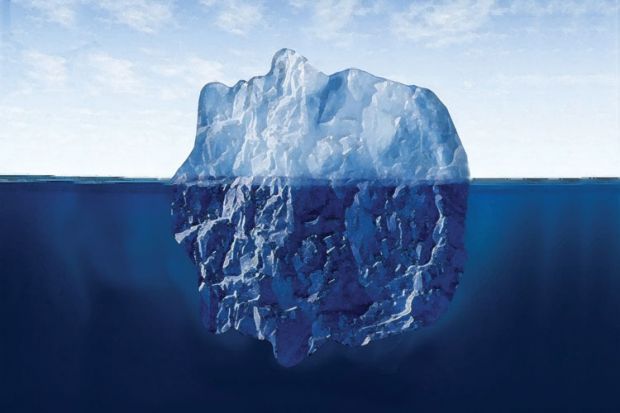The college major in history in the UK and the US is increasingly devalued by politicians as an intellectual indulgence only rarely connecting to the present, much less the future. But thinking about the “deep history” research central to climate change might challenge that view. This possibility came to me while reading a story about the important studies recently conducted by the University of Maine’s Climate Change Institute.
Under the guidance of Paul Mayewski, the institute’s director, a team of researchers have analysed Greenland ice cores that are 11,700 years old. They conclude that today’s climate conditions in the Arctic are similar to, but more localised than, the pre-historic period when the near-glacial Younger Dryas gave way to the Holocene’s relative warmth. Using laser technology, scientists examined ice cores that, Professor Mayewski says, are “timelines of past climates”. Those cores revealed past climate changes moving towards global warming over the course of just a year.
Surely non-specialists can appreciate the significance of this research as the world ponders and debates global warming. No less appealing is the research team’s contributions to the formulation of “realistic” climate predictions. What also intrigued me was the title of that story on climate change: History Repeats.
Few professional historians in the UK and the US make bold claims for finding clear parallels between the present and whatever past society and culture they have investigated. Daring to make predictions might constitute professional suicide. Who still takes seriously the works of England’s Arnold (“challenge and response”) Toynbee and his 12-volume study of 26 civilisations as they rose and fell over the centuries and his predictions for their 20th-century successors?
Still, one might naively assume that if the “deep” history illuminated by the Climate Change Institute is widely appreciated, logically, the history of later periods might also be appreciated. What perspectives could be provided by teaching the history of any period since Greco-Roman times? Not simplistic models from the past easily applicable to the present, but pertinent perspectives nonetheless.
For example, in my American history survey courses I observe that in the late 19th century many Americans were disillusioned with the quality of leadership starting with the presidency of Andrew Johnson (who succeeded Abraham Lincoln) and continuing through that of William McKinley (also assassinated) and trickling down to the state and local levels. Countless Americans lamented what had supposedly befallen the nation when compared with the exemplary Founding Fathers and Mothers of a century before.
Yet contemporary condemnations by Republicans and Democrats alike of American office holders rarely take account of these parallels and so assume that our highly partisan situation today is unprecedented.
Obviously the intrinsic value to governments, businesses, policymakers and the interested general public of our Climate Change Institute’s brand of history cannot be duplicated by professional historians. But the two kinds of history are not completely separate from each other, and in a future academic “climate” the latter might be given a bit of the deserved respect accorded to the former.
For now, though, the gap between these two historical enterprises – the “deep history” of 11,700 years ago versus Ancient Greece and Rome of a mere 4,000 years ago up until the present – will likely remain cosmic.
Register to continue
Why register?
- Registration is free and only takes a moment
- Once registered, you can read 3 articles a month
- Sign up for our newsletter
Subscribe
Or subscribe for unlimited access to:
- Unlimited access to news, views, insights & reviews
- Digital editions
- Digital access to THE’s university and college rankings analysis
Already registered or a current subscriber? Login

